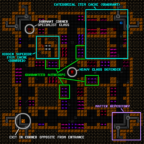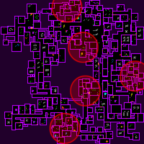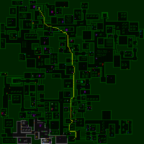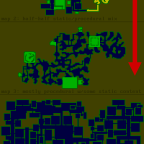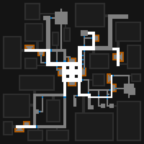
Garrisons were originally added to Cogmind in the months after the first Alpha release in 2015 (see an overview here) as an optional location for players to visit, adding a unique extra dimension to the world to answer the question “what if I infiltrate these things where many enemy squads come from?” (More recently here […]
